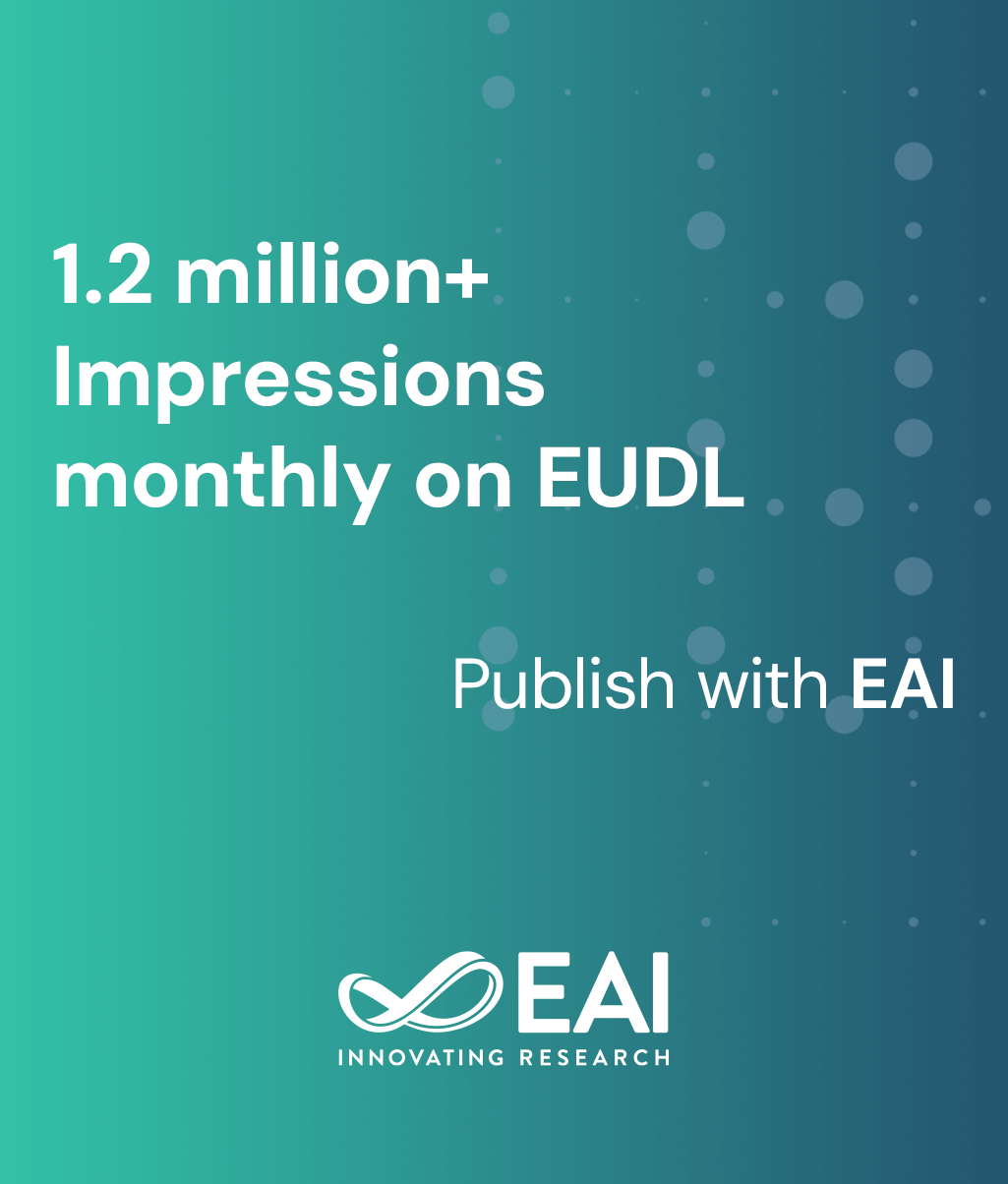
Research Article
Trade Dynamics and Export Growth: Examining the ASEAN-China Free Trade Area's Influence on Indonesia
@INPROCEEDINGS{10.4108/eai.11-9-2024.2354431, author={Sri Murwani and Nur Indah Lestari and Agus Sriyanto}, title={Trade Dynamics and Export Growth: Examining the ASEAN-China Free Trade Area's Influence on Indonesia}, proceedings={Proceedings of the 1st Public Sector International Conference, PSIC 2024, 11-12 September 2024, Lombok Island, West Nusa Tenggara, Indonesia}, publisher={EAI}, proceedings_a={PSIC}, year={2025}, month={2}, keywords={asean acfta trade volume economic convergence}, doi={10.4108/eai.11-9-2024.2354431} }- Sri Murwani
Nur Indah Lestari
Agus Sriyanto
Year: 2025
Trade Dynamics and Export Growth: Examining the ASEAN-China Free Trade Area's Influence on Indonesia
PSIC
EAI
DOI: 10.4108/eai.11-9-2024.2354431
Abstract
The ASEAN-China Free Trade Area (ACFTA), established in 2002, seeks to facilitate trade in goods, services, and investments between ASEAN and China. Studies indicate varied effects, with some sectors experiencing increased exports, like textiles and manufacturing, while others, such as cocoa and corn, witness declines. China benefits from ACFTA with a surge in trade surplus, worker wages, and comparative advantages. Conversely, Indonesia faces challenges like reduced import volume and a worsening trade balance. Further exploration of ACFTA's implications, particularly in potential collaborative sectors, is needed. Additionally, GDP growth in both origin and destination countries positively influences Indonesia's exports, aligning with economic theory predicting heightened demand with rising income. Moreover, an appreciation of Indonesia's exchange rate with destination countries correlates with increased export volume. Policymakers should prioritize enhancing ACFTA cooperation to boost Indonesia’s export performance, expanding global market access, and stimulating domestic production of export goods.


